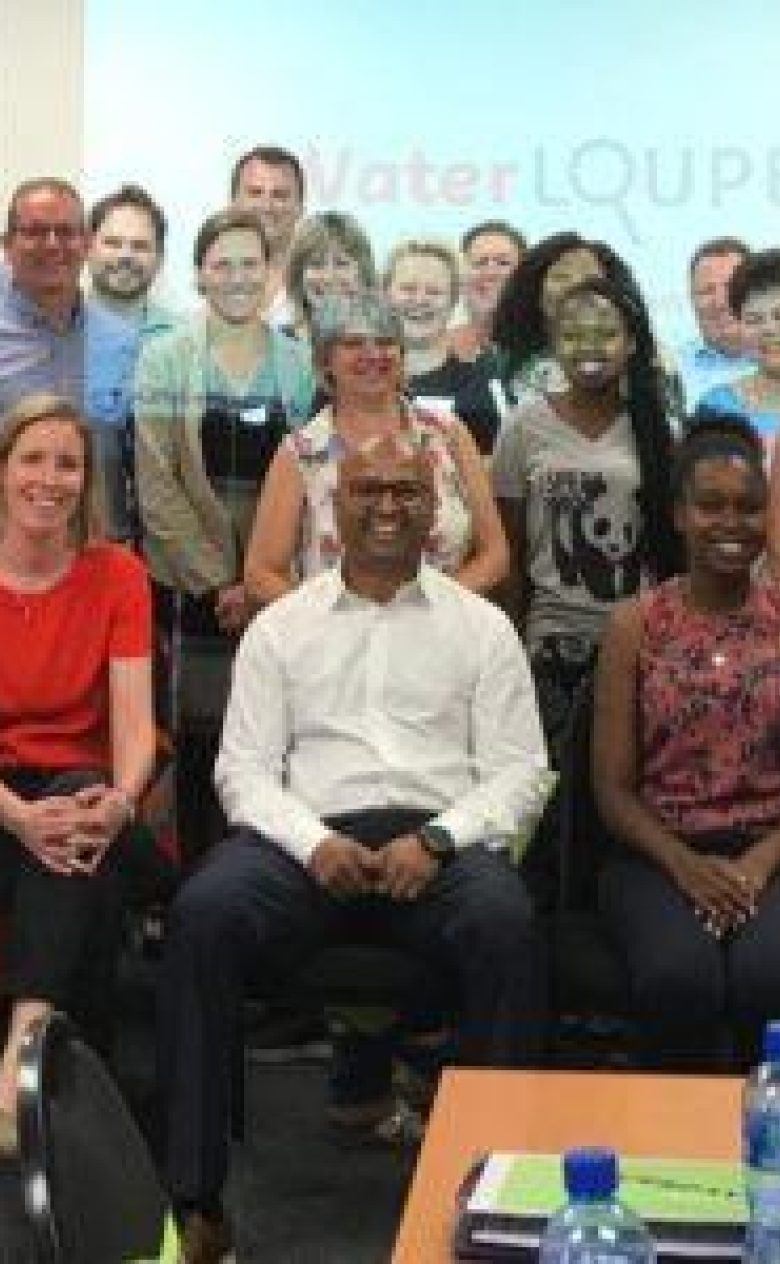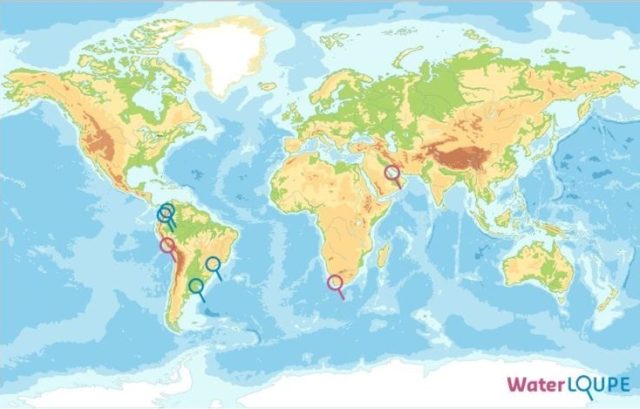WaterLOUPE: Mitigating water risks to improve livelihoods and reduce costs
Socio-economic developments, higher population densities in deltas and climate change have an important impact on water resources and the natural water cycle. Water scarcity, flooding or polluted water are some possible consequences. It is becoming essential to be aware of these changes in our environment and to understand them so that we can respond in sustainable ways.


Water scarcity and the WaterLOUPE approach
Manufacturer Kimberly-Clark requires considerable amounts of production water for their essential consumer goods. The water supply is under pressure in many of their mills. Business-wise efficiency measures are being implemented in response. However, there are other users in the river basins in question who depend on the same water. Given their corporate social responsibility, Kimberly-Clark is striving to manage water resources sustainably in the catchments where they are based and to raise the awareness of water availability in and around their mills.
In 2017, Kimberly-Clark and Deltares teamed up to tackle this water scarcity challenge, with Deltares in its role as an independent institute for applied research in the field of water and subsurface. The first assessment was made with the goal of mitigating water scarcity risks, improving livelihoods and reducing costs in two different watersheds in Colombia. Deltares prototyped the WaterLOUPE tool to support the dialogue and engage the other actors present in the watershed. The tool provides information on the availability and use of water in scale and over time.

Open data, tailored requirements
The WaterLOUPE tool tracks data relating to social, economic and climate factors that affect fresh water availability in river basins and displays the information on a highly visual, user-friendly dashboard. The scientifically sound tool is easily accessible for all user groups and provides scenarios extending to a thirty-year time horizon. Deltares developed the dashboard on the basis of a study of the Aburrá and Cauca Valley catchment areas in Colombia, where Kimberly-Clark operates manufacturing facilities.
The WaterLOUPE dashboard was designed as an open-source tool and it can be expanded to include information requested by stakeholders. “Ultimately, we hope to use this system to test the impact of different water management approaches on local water supply and consumption,” said Vetri Dhagumudi, Water Program Leader at Kimberly-Clark.
Kimberly-Clark plans to roll out the WaterLOUPE tool by 2022 in the high-risk river basins where it operates manufacturing facilities. In the coming months, the company and Deltares will present the dashboard to the local stakeholders and other manufacturers to obtain feedback on its functionality and content, and to identify further sustainable improvements in the context of Sustainable Development Goal 6.4.
The beneficiaries of WaterLOUPE
The WaterLOUPE dashboard supports multi-actor decision-making and collaborative action for water stewardship. The dashboard combines data on hydrology, exposure and vulnerability at the local level. It runs the risk assessment at the actor-group level rather than at the sector level only.
For example, it distinguishes between the impacts of water scarcity on self-subsistence farmers and large farms. The distinction between the impacts at the actor level is key to establishing sound and sustainable water management in the catchment area.
WaterLOUPE’s future

Development of the WaterLOUPE has reached the second phase in 2019: Deltares will further improve the dashboard by adding scientific input for adaptation and mitigation strategies. We plan to expand the WaterLOUPE tool in the future in order to establish good governance and to further prosperity and economic equality in river basins.
The key aim is to support industries in their efforts to improve their water stewardship in catchments throughout the world and in their contributions to SDG 6.4.






